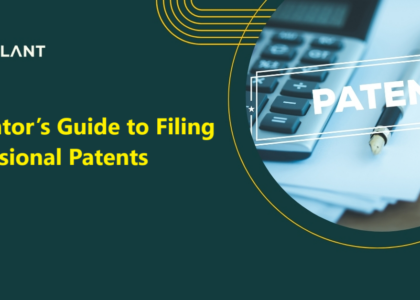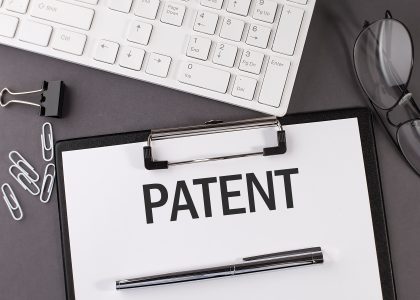

Save the Date! Your Provisional Patent Application Expires One Year After the Filing Date
Provisional patents are valid for one year and provide various advantages to anybody seeking an official patent to protect their idea legally. Provisional patent applications are substantially less expensive than non-provisional patent applications and do not require any formal formalities to be submitted.
If you are a smaller entity, you must pay a one-time filing cost of $130 to file a provisional patent with The United States Patent Office (such as an independent inventor, small business, company with fewer than 500 employees, or a university). If you are classified as a micro-entity, your filing cost is lowered to $65. You may save hundreds, if not thousands, of dollars by filing a provisional patent application.
Although applicants have successfully filed provisional patents on their own, many people benefit from the legal services of a patent attorney. When you employ a patent attorney to help you prepare a provisional patent application, your legal costs will be significantly reduced. In addition, because the attorney is not required to address any formal requirements, they may devote their whole attention to the disclosure component of the patent application. This takes less time and so costs you less money.
EXPIRED PROVISIONAL PATENT APPLICATION – DON’T WORRY!
The United States Patent and Trademark Office permits an inventor to claim the benefit of an earlier-filed provisional patent application if that application is replaced within one year by a non-provisional utility patent application. Inventors file provisional applications for a variety of reasons. The most typical reason is that the innovation must be “shopped” before investing in the utility application file. A utility patent application submission more than 12 months after an invention has been sold, offered for sale, patented, published in a printed publication, or public use is prohibited under US law. For this reason alone, it is critical to get a filing date before presenting the idea to others. Provisional applications typically cost approximately $1,000 and have extremely modest filing fees of around $70 for most inventors. On the other hand, utility applications typically cost three to four times as much as provisional applications, and the related prosecution costs roughly $10,000. As a result, Provisionals are an excellent option for individuals who have not yet chosen to engage in a utility patent application.
Inventors frequently miss the 12-month deadline for filing a utility patent. Not all is lost. Options are available, including:
- A two-month grace period exists: A petition for reinstatement may be used to “revive” an expired provisional patent application filed no more than 14 months prior. The cost is high. The Petition alone costs between $850 and $1,700. Furthermore, the petition may be Denied if the delay was not unintentional.
- Don’t do anything: If no action has occurred that would exclude the invention’s patentability in a later-filed application, there is no reason to be concerned.
- Submit a new provisional: You may submit a new provisional that adds more detail or new features to what was previously revealed.
- Refile the provisional: If no action has occurred that would preclude the patentability of the application, you can refile the Provisional application. Remember the one-year rule. Just keep in mind that the second. Provisional cannot take precedence over the first. You can only utilize the Second filing date in any subsequent utility application. There is the possibility that another person may have submitted a patent application on The same invention before the second; thus, it is critical to move swiftly
- File a utility application: This is not an option if there has been a public use, an offer for sale, a public disclosure, or writing describing the invention more than 12 months before the filing date of the utility (or any of the other bars).
To summarise, a provisional patent application is a temporary patent application. The application will expire after twelve months. To seek formal patent protection for your innovation, you must file a non-provisional patent application before the one-year term expires. If you do not file the non-provisional patent application, your claim on that invention will expire, and you will have no legal rights to that patent. When you disclose your innovation, you have the right to write about it, display it at trade events, and so on. Your disclosure becomes prior art if you do not file a non-provisional patent application within one year. After that, you lose your priority date and cannot get a patent.








